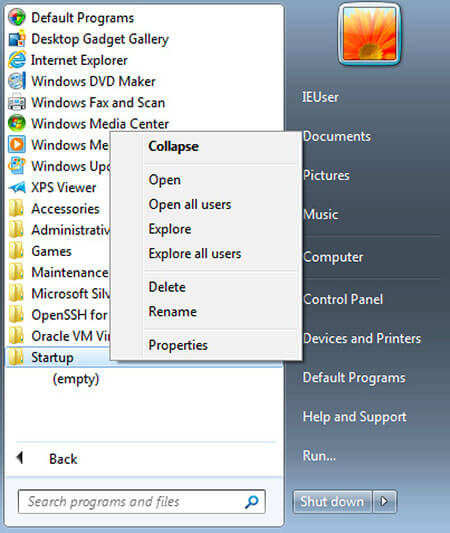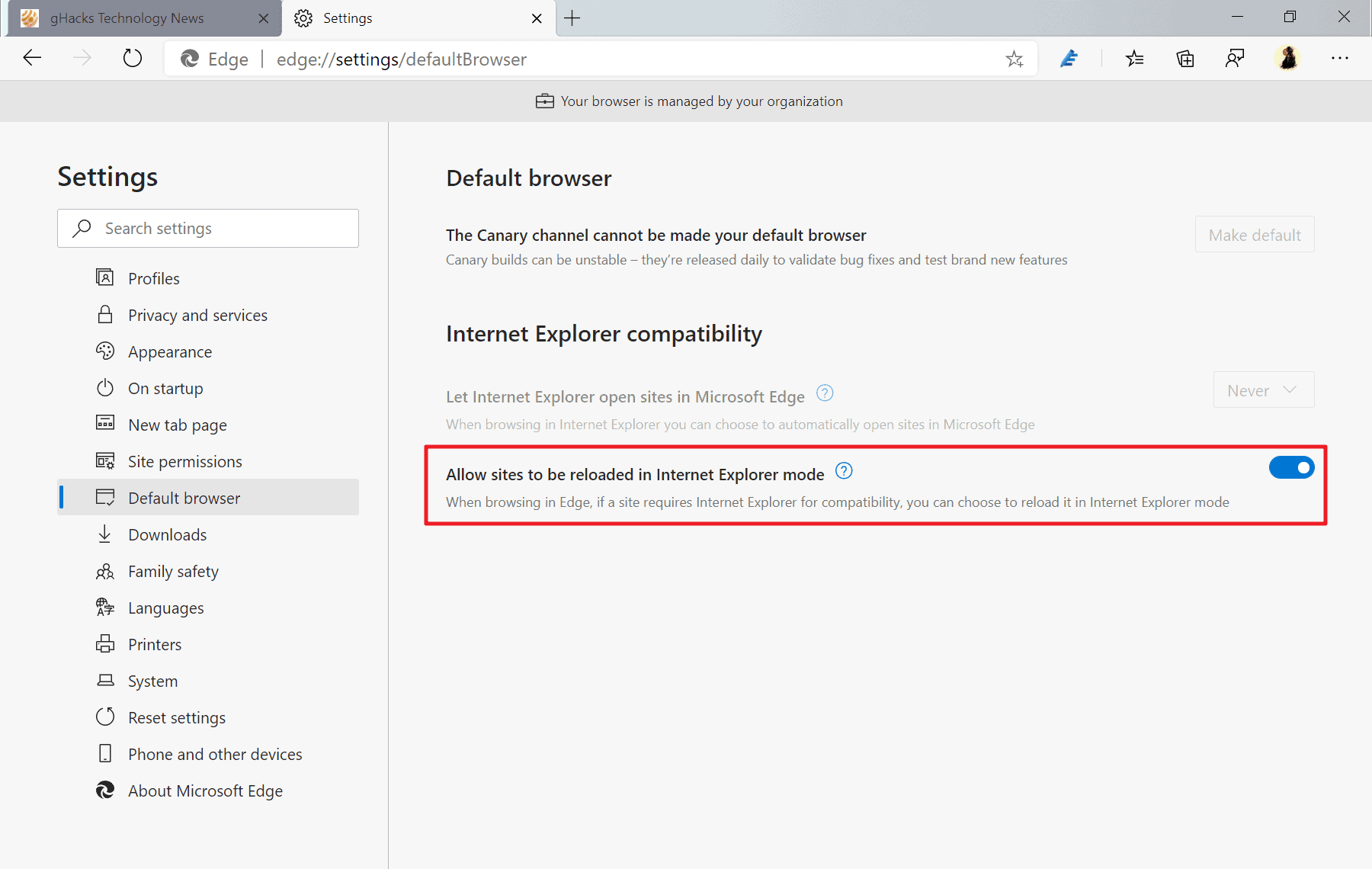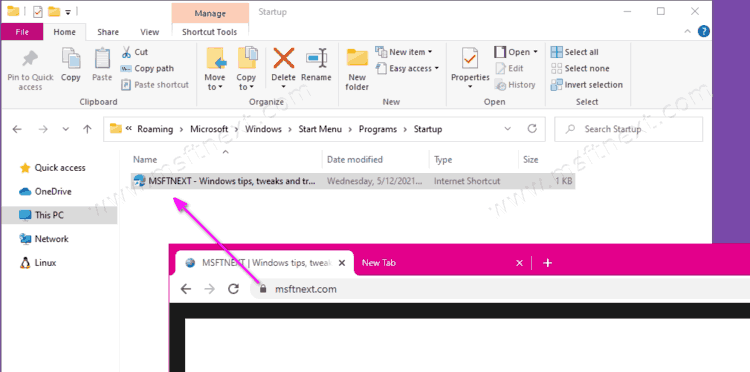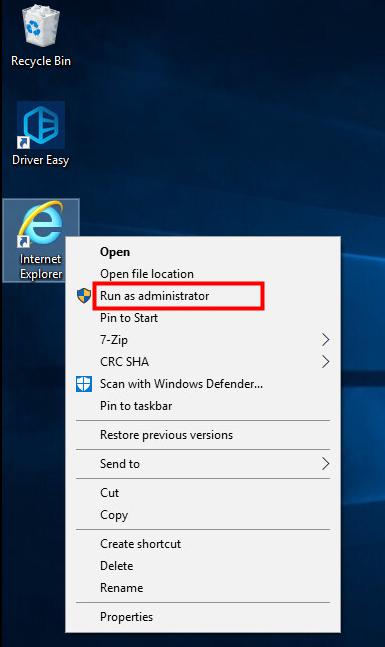

Many of our customers who depend on legacy features only available in older versions of Internet Explorer are familiar with our Enterprise Mode tools for IE11. This approach enables your users to run a modern browser designed for better productivity, security, and rendering web pages-without sacrificing compatibility with legacy line of business applications. Today, we’re going to show you how you can use Enterprise Mode with Microsoft Edge to open Internet Explorer 11 for your business’s sites that require IE’s proprietary technologies.

Starting on January 12, 2016, Internet Explorer 11 will be the minimum supported version to continue to receive security updates and technical support on Windows 7 and Windows 8.1. To help support these customers, Windows 10 includes Internet Explorer 11 with Enterprise Mode, the same version supported on Windows 7 and 8.1. We understand that many Enterprise customers may have line of business web apps and services that depend on Internet Explorer and the proprietary technologies that it supports. Microsoft Edge has been built from the ground up to correctly, quickly, and reliably render web pages, and improve productivity. To access them without changing folder properties to view hidden system folders you can use the above method to open them, accessing AppData\Roaming with %appdata% and ProgramData with %programdata%.Last month, we launched a brand new browser built for Windows 10, Microsoft Edge. Notice that both AppData and ProgramData folders are hidden by default. Open the ProgramData folder by typing %programdata% in File Explorer's addressbar and as above, browse all the way to the Startup folder, remove Chrome shortcut if found.

It is located at C:\Users\ Your_Username\AppData\Roaming\Microsoft\Windows\Start Menu\Programs\Startup.



 0 kommentar(er)
0 kommentar(er)
